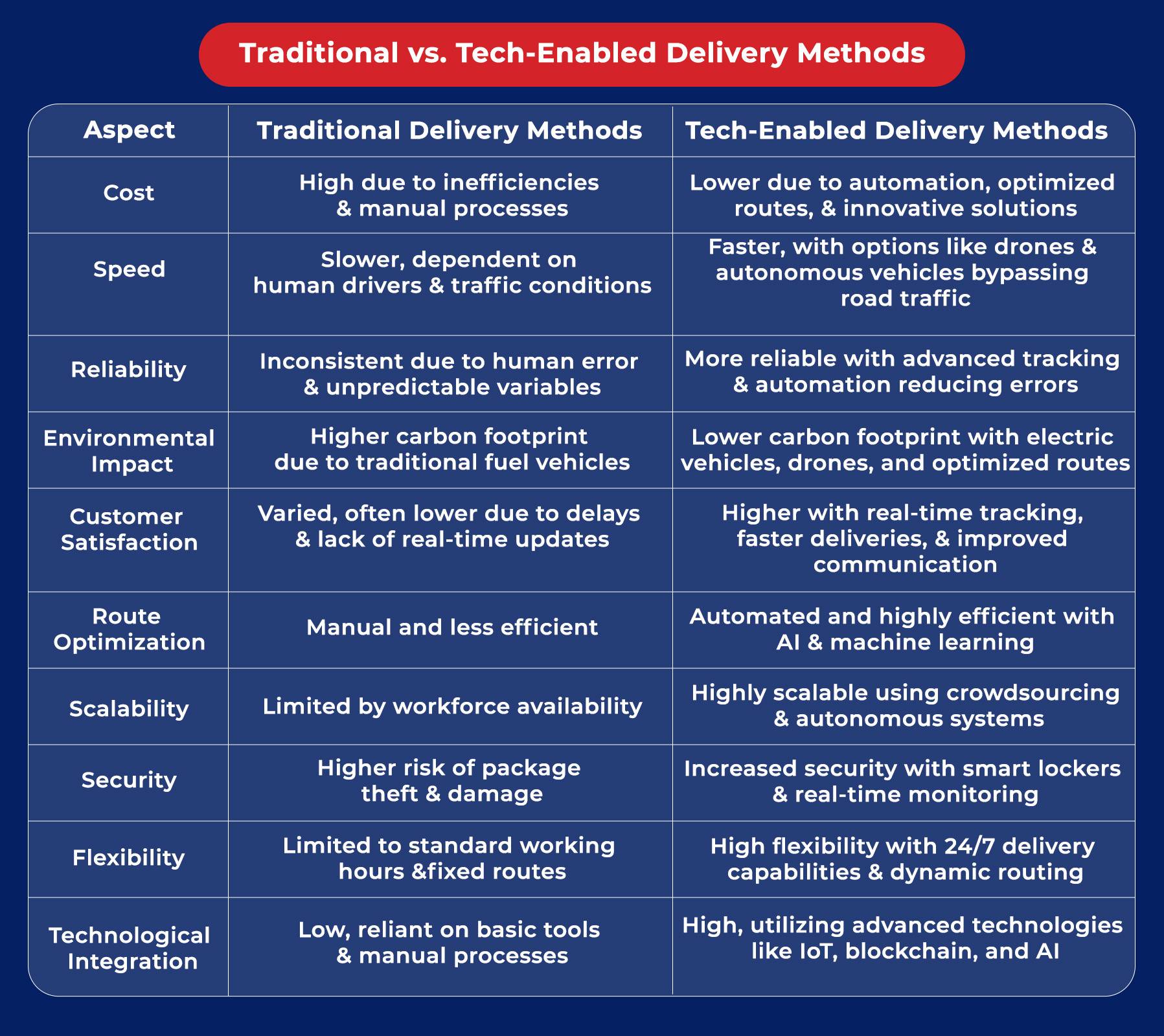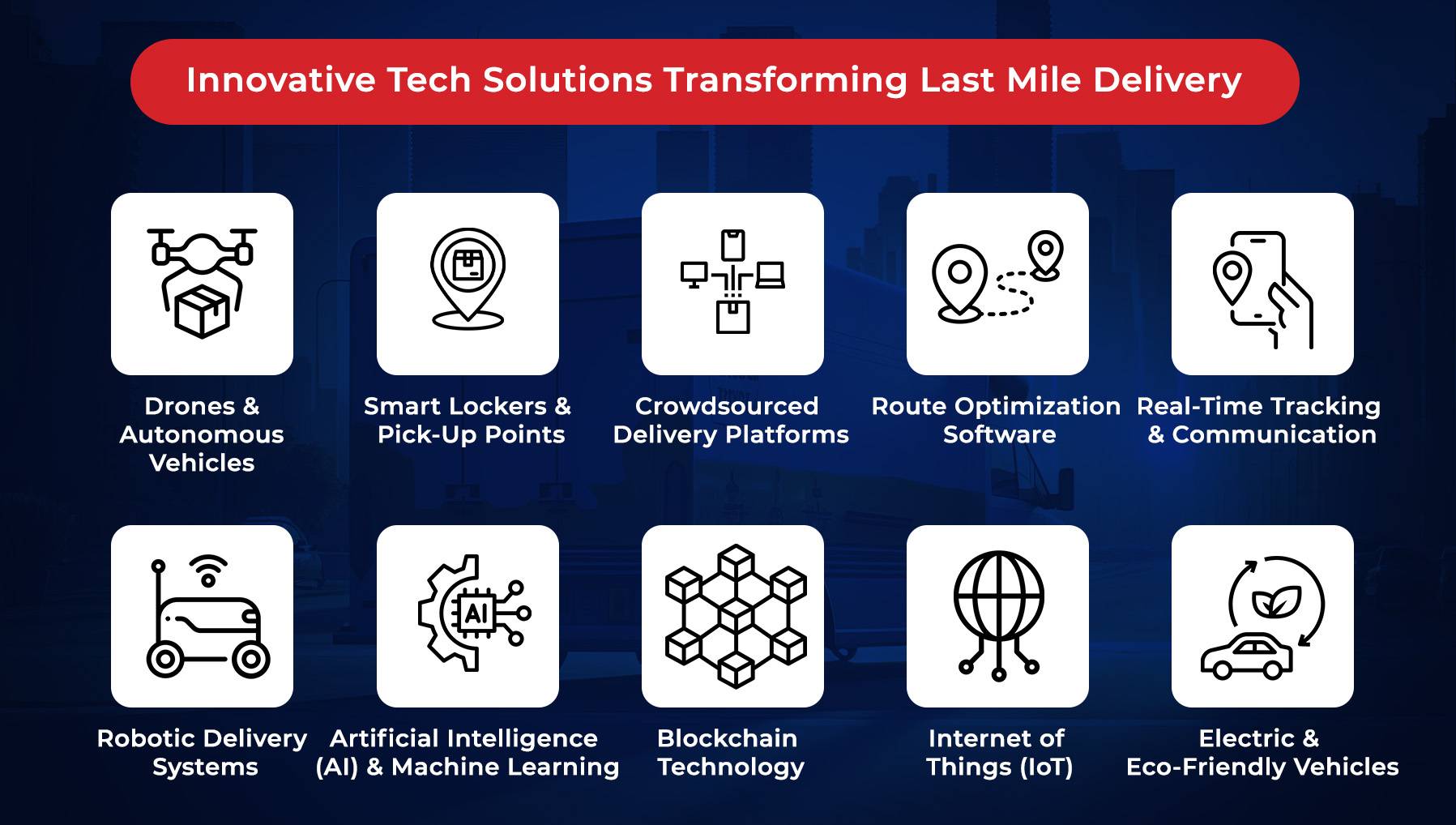Last mile delivery is a major challenge in logistics. It’s the final step of getting a package to the customer’s door. This stage is crucial because it’s where customers experience your service firsthand. However, it’s also the most expensive and complicated part of the delivery process. Imagine this: after navigating global supply chains and overcoming countless logistical hurdles, a package reaches the local distribution center. The last mile delivery task then begins, where efficiency and reliability are paramount. However, this stage is fraught with complexities.
Catch: Top 8 Last Mile Delivery Software For 2024

The Problem with Last Mile Delivery
Last mile delivery can account for up to 53% of the total shipping cost. Traffic congestion, difficult routes, and missed deliveries make it tough. Traditional methods struggle to keep up with the growing demands of e-commerce. Customers want fast, reliable delivery, and any delay can lead to dissatisfaction.
Download Infographic: Last Mile Delivery Challenges And Solutions For ECommerce
Innovative Tech Solutions Transforming Last Mile Delivery
Tech companies are stepping in to solve these issues. They use innovative solutions to make last mile delivery more efficient and cost-effective. Here’s how they’re doing it:

1. Drones and Autonomous Vehicles
Drones can bypass traffic and deliver directly to the customer’s location. Amazon has started testing drone deliveries, aiming to cut delivery times significantly. Autonomous vehicles are also in the mix. Companies like Nuro use self-driving vehicles to deliver groceries and packages.
Example: Wing, a subsidiary of Alphabet, uses drones to deliver packages in Virginia, USA. Their drones can deliver within minutes, avoiding the delays caused by road traffic.
2. Smart Lockers and Pick-Up Points
Smart lockers provide a secure place for customers to pick up their packages. This reduces the risk of missed deliveries and theft. Pick-up points are another solution, where customers can collect their items from a nearby store.
Stat: InPost, a company providing automated parcel lockers, reported a 40% increase in usage in 2020. Customers appreciate the convenience and security of this method.
3. Crowdsourced Delivery Platforms
Crowdsourcing leverages the gig economy to fulfill deliveries. Platforms like Uber Eats and Postmates use freelance drivers to deliver goods. This method is flexible and scalable, helping companies manage peak times better.
Example: During the COVID-19 pandemic, Instacart hired 300,000 additional shoppers to meet the surge in demand. This helped them deliver groceries quickly and efficiently.
4. Route Optimization Software for Last Mile Delivery
Advanced algorithms help companies plan the most efficient delivery routes. This software considers traffic, weather, and other variables to minimize delays. Companies like Route4Me and Onfleet offer such solutions.
Stat: UPS uses route optimization software to save 10 million gallons of fuel annually, reducing costs and environmental impact.
5. Real-Time Tracking and Communication
Customers want to know where their packages are. Real-time tracking provides transparency and reduces anxiety. Companies use apps and SMS to keep customers informed about their delivery status.
Example: Domino’s Pizza uses GPS tracking to let customers follow their pizza from the oven to their door. This has improved customer satisfaction and trust.
6. Robotic Delivery Systems
Robots are now delivering goods in some cities. These small, autonomous robots can navigate sidewalks and crosswalks to deliver packages to customers’ doorsteps. Companies like Starship Technologies are leading the way in this area.
Example: Starship Technologies’ delivery robots have completed over 1 million autonomous deliveries, providing a contactless and efficient delivery solution.
7. Artificial Intelligence (AI) and Machine Learning
AI and machine learning optimize various aspects of last mile delivery. They predict delivery times, improve route planning, and enhance customer communication. AI can also help with demand forecasting, ensuring adequate resources are available during peak times.
Stat: According to McKinsey, AI could help reduce logistics costs by 10-15% through improved efficiencies and predictive analytics.
8. Blockchain Technology
Blockchain ensures transparency and security in the supply chain. It provides a tamper-proof record of transactions, making it easier to track packages and verify deliveries. This technology can reduce fraud and increase trust between parties.
Example: Walmart uses blockchain to track the movement of goods in its supply chain, ensuring transparency and improving efficiency.
9. Internet of Things (IoT)
IoT devices provide real-time data on the condition and location of packages. Sensors can monitor temperature, humidity, and other factors, ensuring goods are delivered in optimal condition. IoT improves visibility and control over the delivery process.
Stat: The global IoT in logistics market is expected to reach $100 billion by 2025, driven by the need for real-time tracking and monitoring.
10. Electric and Eco-Friendly Vehicles
Sustainable delivery options are becoming more important. Electric vehicles (EVs) and bikes reduce the carbon footprint of last mile delivery. Companies are investing in eco-friendly fleets to meet regulatory requirements and customer expectations for sustainability.
Example: UPS is testing electric bikes for deliveries in congested urban areas, reducing emissions and navigating traffic more easily.
The Future of Last Mile Delivery
The future looks bright with continuous innovation. Companies are experimenting with hyperlocal warehouses, where goods are stored closer to customers. This reduces delivery time and costs.
Stat: According to a study by Capgemini, 55% of consumers will switch to retailers offering faster delivery options. This trend pushes companies to innovate constantly.
LogiNext: A Reliable Tech Solution For Last Mile Delivery Excellence
The last mile delivery problem is old but solvable. By adapting new technology, LogiNext is making significant strides in addressing it. Drones, smart lockers, crowdsourcing, route optimization, and real-time tracking are transforming the logistics landscape. Additional technologies like robotic delivery systems, AI, blockchain, IoT, and eco-friendly vehicles further enhance efficiency. As these technologies evolve, we can expect even faster, more efficient deliveries in the future. This is great news for businesses and customers alike. Choose LogiNext to enable hassle-free last mile delivery operations. Click on the red button below to book a free demo.
9





















